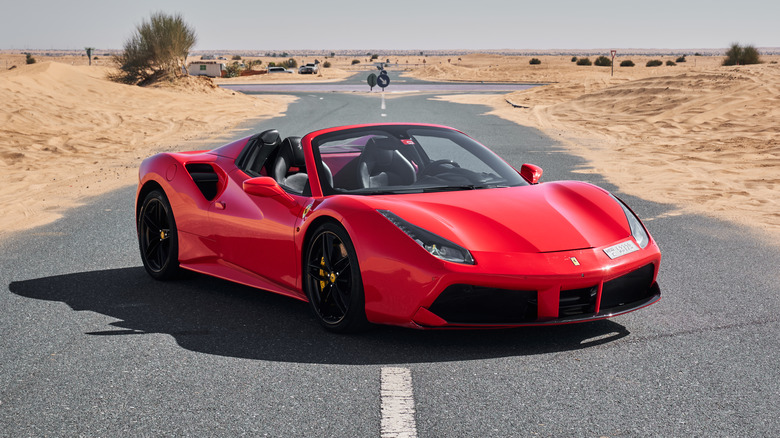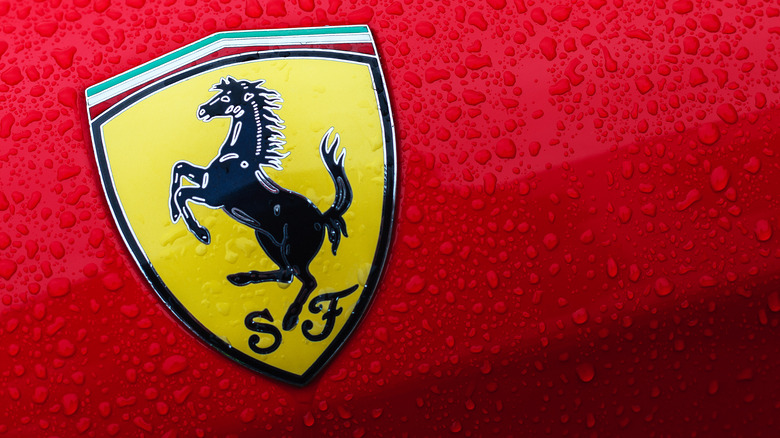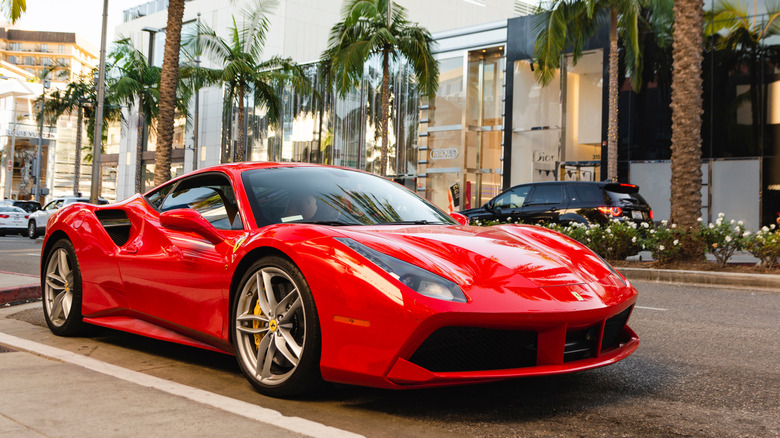The Real Reason Ferraris Are Incredibly Expensive
For most of the world's car-buyers, purchasing a vehicle is simply a matter of comparing the buyer's needs to his or her budget. Do you have four kids you need to take to soccer practice and have an ordinary, middle-class income? Then perhaps a midsize SUV is right for you. Do you have a farm and need to haul around equipment and supplies? Then you obviously need a pickup truck in your price range.
But for a very small percentage of car buyers, price is no object. And indeed, not only is money not a concern, but the buyer wants the best of the best — because they can afford it and that's what they're getting. And when it comes to top-of-the-line cars, nothing beats a Ferrari. Some entry-level models, such as the Ferrari 296 GTB, carry price tags in the neighborhood of $360,000. Elsewhere, rare and collectible models can command millions, CarBuzz reports.
But if a Ferrari is made from the same metal, plastic, rubber, and other materials that your $20,000 Toyota Corolla is made from, then why do the Italian car manufacturer's models cost 15-20 times more?
You're paying for the prestige
When you purchase a $1,500 designer handbag, you're spending about $80 on the cost of the production of the bag (materials, labor, etc.). As CBS News reports, the rest of the money is being spent on the name and prestige attached to it (and the retailer's take, but never mind that).
The same is true when you purchase a Ferrari, as The Infographics Show reports. When you drive through the streets of your town in your new, $360,000 ride, everyone will see that you can afford to drive the best of the very best. Of course, whether that signals that you're a person of wealth and status to be admired or just an attention-seeking, pompous schmuck, we'll leave to the reader.
So why did Ferraris become top-tier, status-symbol cars? According to The Infographics Show, Enzo Ferrari never wanted to produce cars to sell to the general public. Rather, he wanted to (and did) make a name for himself by building racing cars. After World War II, he reluctantly agreed to produce and sell automobiles, and his name was already attached to award-winning, super-fast cars. Almost overnight, cars bearing his name became synonymous with wealth and status.
The law of supply and demand comes into play
The overwhelming majority of cars on the road were mass-produced on production lines. For example, a popular model like a Toyota Corolla is produced in batches of tens of thousands per month, The Infographics Show reports. By comparison, some Ferrari models are produced in batches of a few thousand over the course of years. Similarly, Ferraris aren't built in a production line like other cars. Rather, they're hand-crafted by artisans using the finest tools.
And despite their exorbitant price tags, there's still a demand for the cars — if there wasn't, Ferrari wouldn't make them. The world is producing more millionaires and billionaires by the day, and with this new wealth comes a demand for status and prestige. In other words, the demand for high-dollar sports cars like Ferraris isn't going away any time soon, and as long as they command such price tags, the company will continue to make them and sell them at those prices.


